Content by Eric Jones
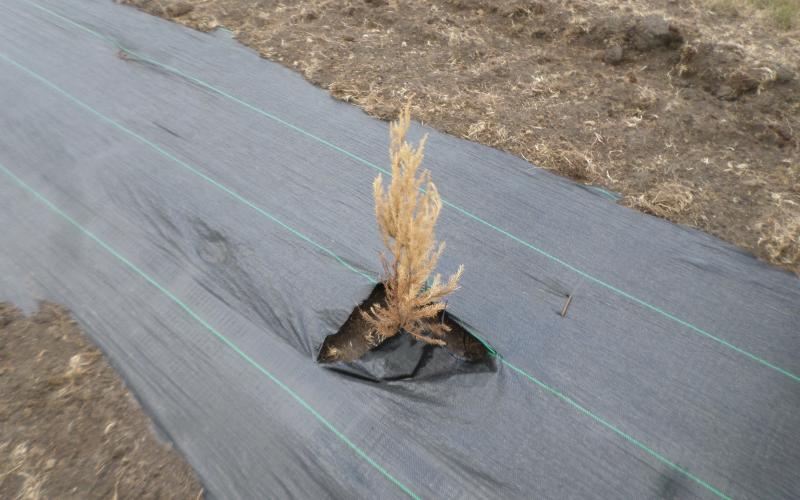
Herbicide Carryover and Planting Bare-Root Tree Seedling in New Windbreaks
Guidelines on herbicide carryover when planting bare-root tree seedlings in new windbreaks
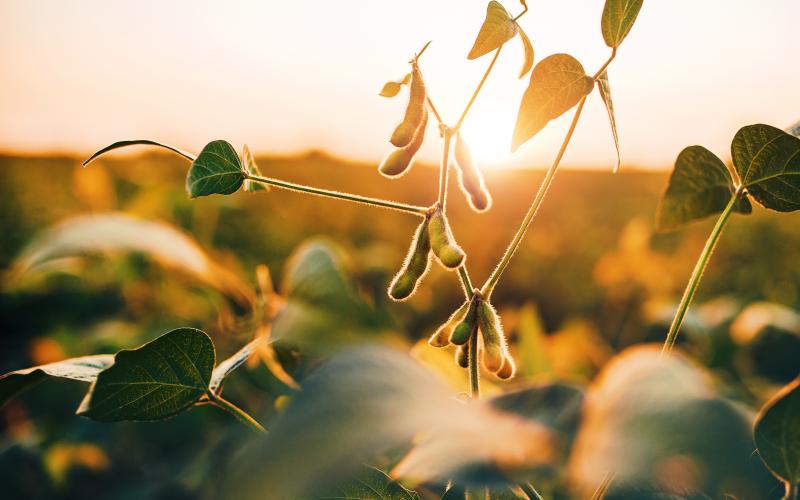
2,4-D (Enlist One) and Glufosinate (Liberty) Additively Control Common Weeds in South Dakota Soybean Production
Fact sheet on the experiment to determine how 2,4-D and glufosinate, when applied alone or mixed, control common weeds and affect soybean yield.

While Illegal in Tolerant Soybean, Dicamba Can Still Be Applied in Other Crops
While dicamba labels (i.e., Engenia, Tavium, and Xtendimax) for over-the-top applications for tolerant soybeans have been pulled for the 2025 growing season, the herbicide can still be applied in other crops. Below is a guideline for dicamba use in various crops.
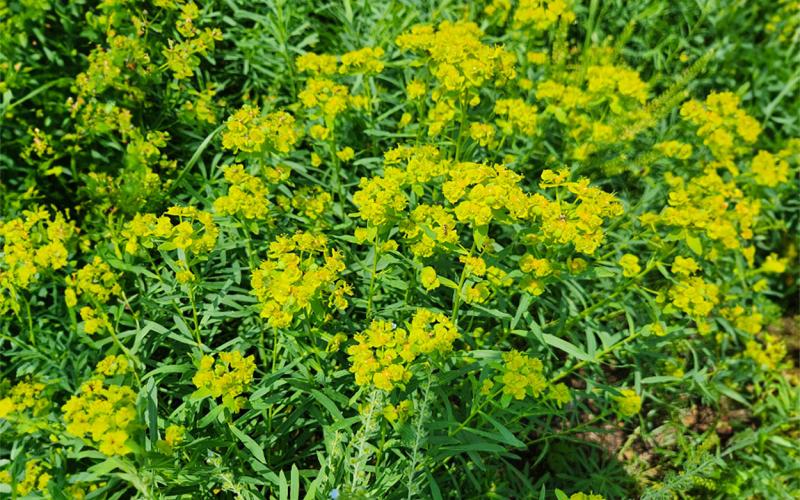
Effects of 2,4-D with and without wiper-applied glyphosate on leafy spurge (Euphorbia esula) treated-shoot, shoot regrowth, and root biomass
Fact sheet on the effects of 2,4-D with and without wiper-applied glyphosate on leafy spurge.

Over-The-Top Dicamba Applications Are Not Legal in Soybean for 2025
The registration for dicamba labels for over-the-top applications in tolerant soybeans have been pulled for the 2025 growing season. Many producers are aware of the situation, but planning weed management strategies should start today.
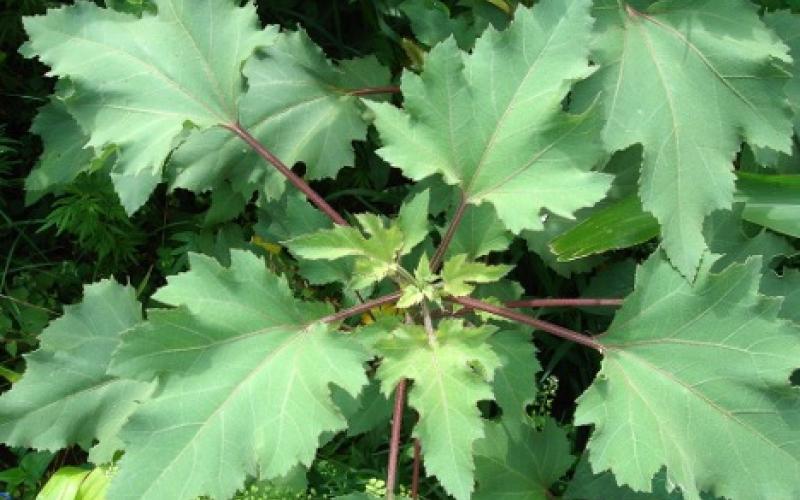
Identification and management of common cocklebur
Fact sheet to help identify and manage common cocklebur.
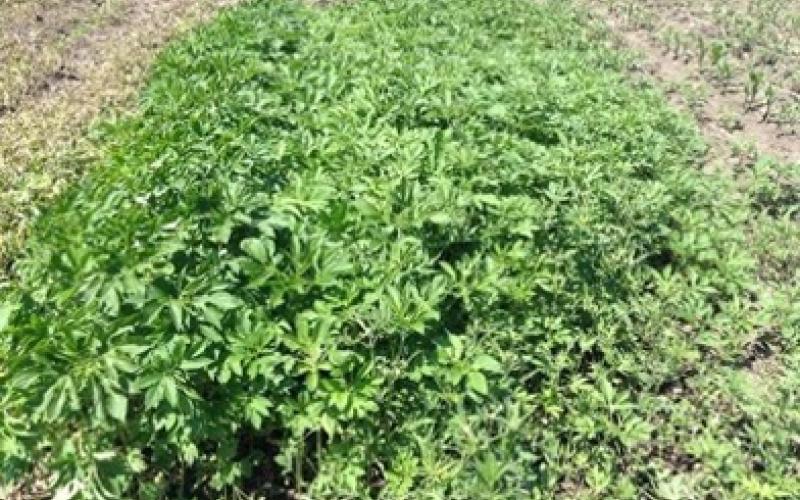
Identification and management of common ragweed and giant ragweed
Fact sheet to help identify and manage common ragweed and giant ragweed.
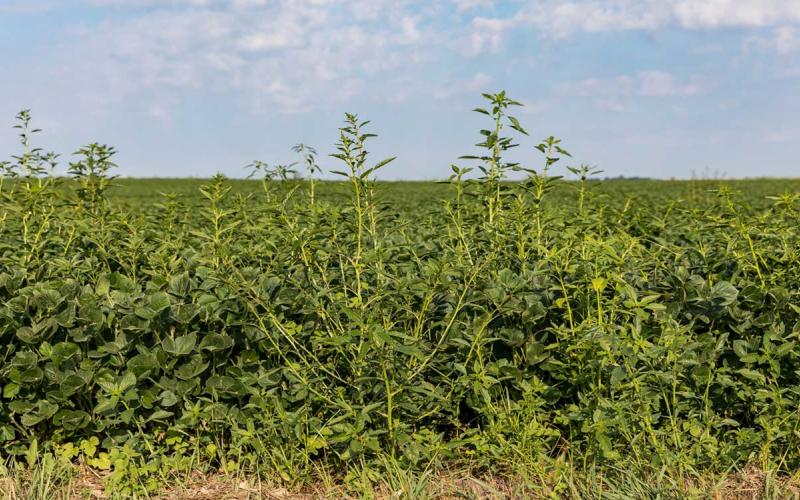
Enlist One (2,4-D) and Liberty (Glufosinate) Applied Alone or Mixed During the Day and Night: Weed Control and Soybean Yield Implications
Fact sheet on the research done to determine weed control effectiveness with Enlist One and Liberty alone and tank mixed when applied during the daytime and nighttime.

Now is the Time to Plan for Noxious Weed Control in 2025
Since most of South Dakota has experienced several frosts, the opportunities for fall herbicide applications are likely over. Now is the time to plan for noxious weed management for both spring and fall tactics.

Now is Time to Plan Your Weed Management Strategy for the 2025 Growing Season
As harvest season comes to an end, now is the time to start formulating your weed management plan for next year. Learn some expert tips for getting your operation off to a good start next growing season.